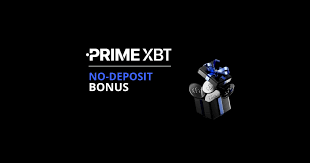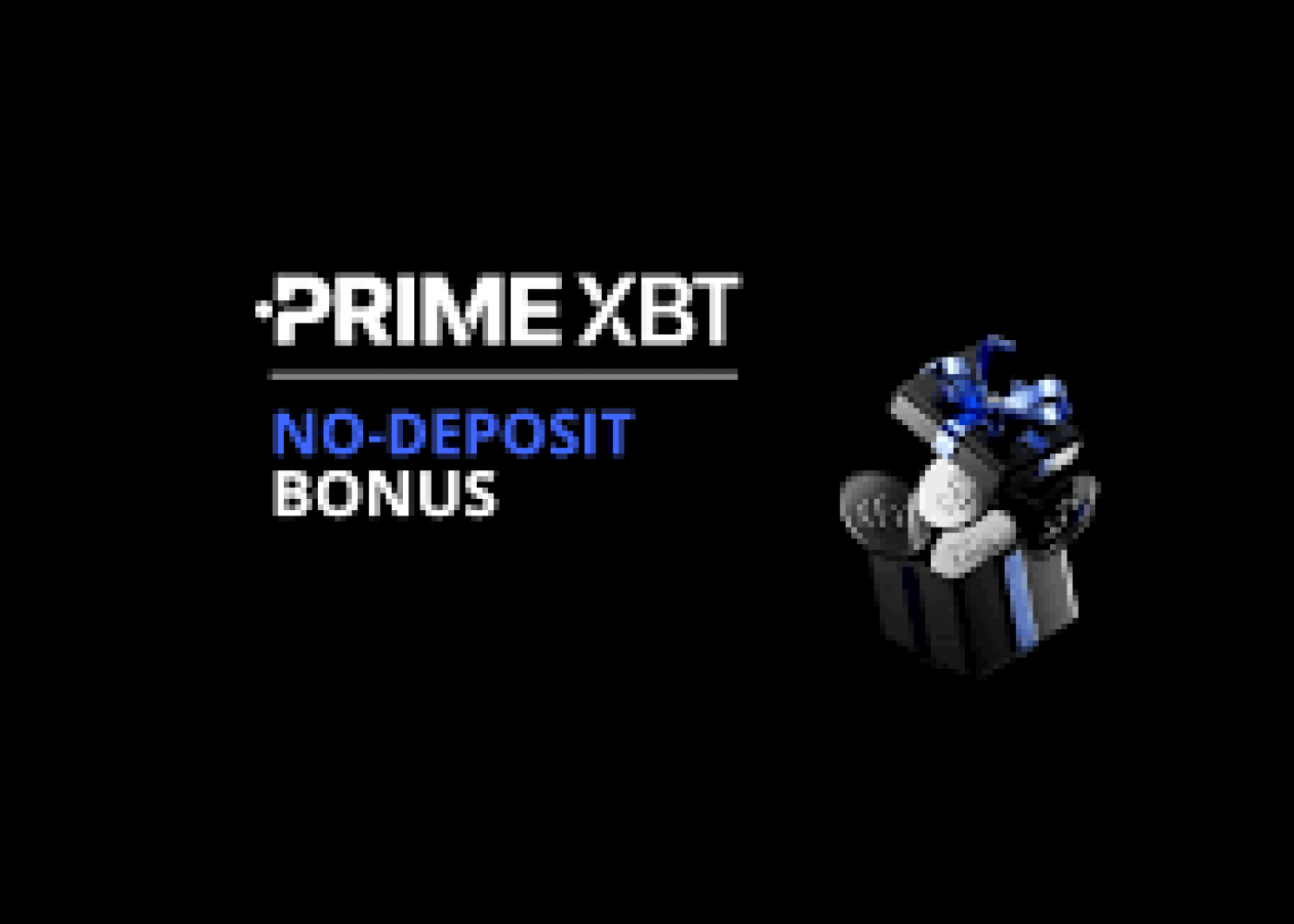Navigating the Complexities of PrimeXBT Expiration

Understanding the PrimeXBT Expiration PrimeXBT Expiration of financial instruments is crucial for traders looking to optimize their results and manage risk effectively. This concept is especially relevant for platforms offering leveraged trading on cryptocurrencies, commodities, and other assets. In this article, we will explore what expiration means in the context of PrimeXBT, why it matters, and how traders can navigate this aspect to enhance their trading strategies.
The expiration date of a financial instrument, be it futures, options, or contracts for difference (CFDs), refers to the last day on which a contract is valid. After this point, the contract is either settled or rolled over to a new expiry date. In leveraged trading platforms such as PrimeXBT, the mechanics of expiration can have a significant impact on the trading experience.
When it comes to cryptocurrencies, the rapid pace of market fluctuations can add an additional layer of complexity. Prices can shift dramatically over short periods, making timing crucial. Traders need to understand how expiration plays into both their strategic decisions and their overall risk management.
One of the key aspects to consider with PrimeXBT expiration is the significance of knowing when your contracts will expire. For example, in the case of futures contracts, an impending expiration means that traders must decide whether to sell their positions, hold until the expiration in hopes of favorable market conditions, or roll their positions into a new contract. This decision can greatly affect profitability and risk exposure.
In the absence of effective management, traders may find themselves facing negative consequences as the expiration date approaches. For instance, if the market moves unfavorably, a trader who fails to act before expiration might be forced to take a loss on a position that could have otherwise been mitigated.

Another critical element tied to PrimeXBT expiration is the concept of liquidity. As the expiration date approaches, liquidity can fluctuate, leading to increased volatility in the marketplace. Traders often observe that as fewer contracts remain active, the spread between bid and ask prices can widen significantly, making it more expensive to enter or exit positions. Understanding these dynamics is crucial for proper risk assessment and strategic planning.
Moreover, traders should also be aware of the potential for a liquidity crisis as expiration nears. In times of heightened market activity or unexpected events, liquidity can dry up quickly, leading to slippage and increased trading costs. This is particularly true in the fast-moving world of cryptocurrency trading, where the nature of the market can shift rapidly based on news or market sentiment.
For traders on PrimeXBT, managing positions ahead of expiration is crucial. Setting stop-loss orders can help mitigate risks by ensuring that a position closes at a predetermined price point, thus limiting potential losses. However, traders should also remain cautious of executing stop-loss orders during high volatility periods, as these can be triggered at less favorable prices due to rapid market movements.
Another strategy to consider is rolling over positions. Rolling over involves closing an expiring contract and opening a new one with a later expiration date. This approach can be a good strategy for traders who believe the market will move in their favor but want to avoid the immediate risks associated with expiration. However, this doesn’t come without its costs, as traders might be subject to additional fees or experience variations in market conditions.
As a trader on PrimeXBT, independent analysis and understanding of market trends is essential when dealing with expiration. Resources such as historical price charts can reveal patterns that may aid in projecting future price movements as expiration approaches. Additionally, understanding broader market trends, news events, and economic factors can provide context that could influence decision-making around expiration.
In conclusion, navigating the complexities of PrimeXBT expiration is a critical element of trading strategy. Traders must remain vigilant and informed to successfully integrate expiration management into their trading approach. Whether making informed decisions about when to close positions or rolling them over, being proactive about expiration can provide significant advantages in a volatile market. By understanding the implications of expiration and adapting strategies accordingly, traders can position themselves to achieve their financial objectives while effectively managing risk.

